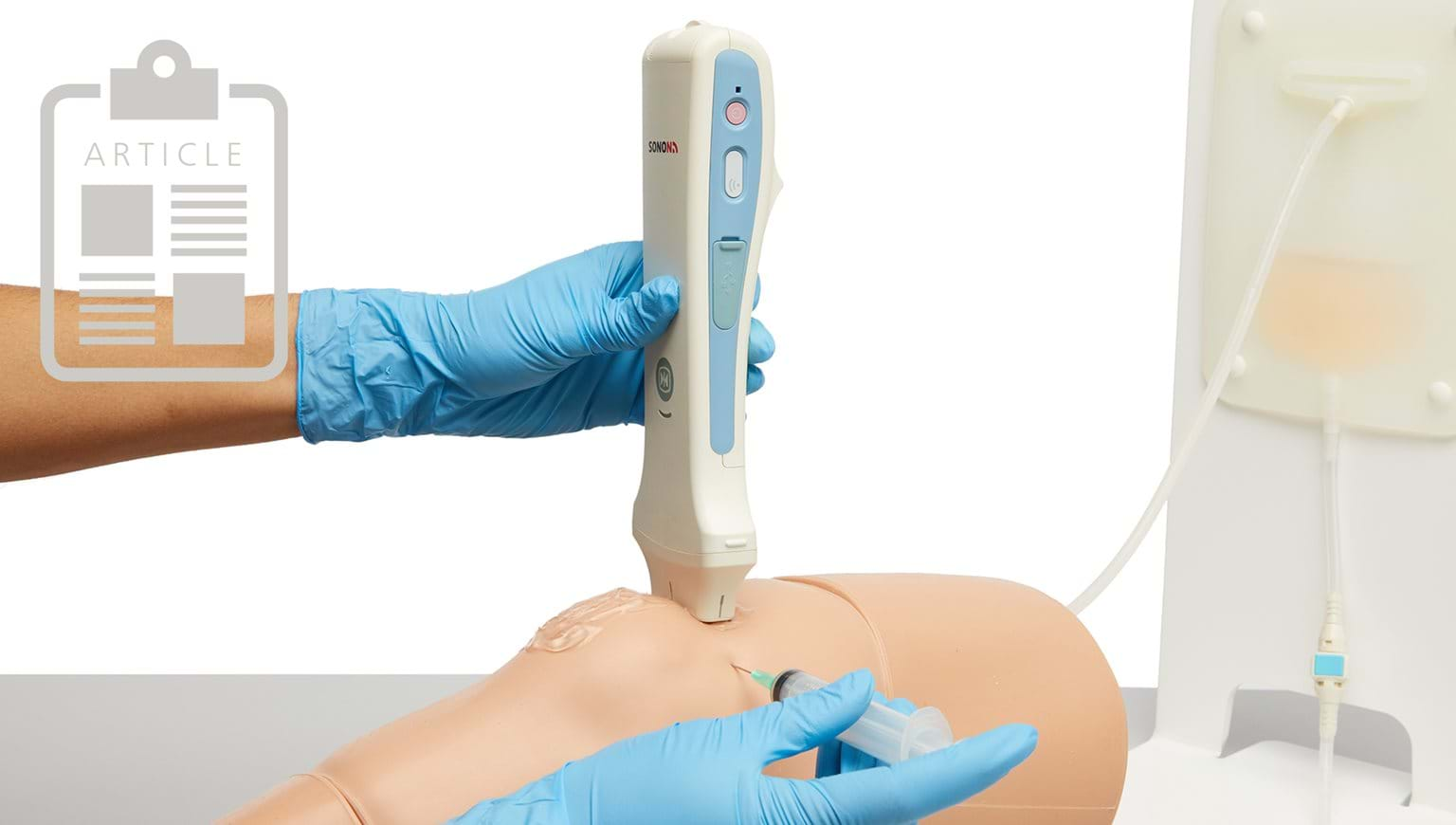News
The Use of Simulation in Athletic Training Programs
28 September 2021

Although not highly utilized until the 1950’s in the USA, athletic training began in 1881, “when Harvard University hired James Robinson to work with their football team on conditioning”.1 In 1990, a major milestone was reached when the American Medical Association “officially recognized athletic training as an Allied Health Profession”.1 Today, the National Athletic Trainer’s Association (NATA) has over 45,000 members, an annual meeting with over 11,000 attendees and 325 companies exhibiting.1
As a point of clarification, athletic trainers are not physical therapists, strength and conditioning coaches, personal trainers, or exercise scientists. Instead, these expertly trained professionals have a very specific and needed niche in the safety and wellbeing of athletes young and old, professional, and amateur. According to the Commission on Accreditation of Athletic Training Education (CAATE), all athletic trainers of the future in the USA will be master’s prepared specialists whose primary role will be collaboration “with physicians to provide preventative services, emergency care, clinical diagnosis, therapeutic intervention and rehabilitation of injuries and medical conditions.”2
In the United Kingdom, the occupation that compares to Athletic Training is known as Sports Therapy. The Society of Sports Therapists, founded in 1990, now works with 30 universities and “accredits 38 academic Undergraduate and Postgraduate programmes”.3 Graduates from these programs may work with the NHS, recreational or elite sport, disability, occupational health, or rehabilitation. The UK Therapists are closely monitored, require Continuing Professional Development, and may be disciplined by the Society if they break the code of conduct, performance, or ethical requirements of the organization.
The use of simulation as a teaching tool is growing within the Athletic and Sports Therapy curricula. Since 2017, the UK’s University of Hertfordshire Sports Therapy students have attended simulation sessions where they are presented with four sports trauma simulation scenarios, including head injury and pneumothorax, as preparation for their final practical assessments.3 Additionally, in the USA, the professional standards released by the CAATE in 2020 list simulation as an alternative clinical experience “to verify students’ abilities to meet the curricular content standards”.4
The range of experiences where simulation can be useful to athletic training or sports therapy programs include physical exam, diagnosis, patient communication, and emergency management of traumatic injury scenarios. CPR and the use of an AED are also invaluable skills, as these professionals are often the first responder after an accident. At Limbs & Things, Athletic training programs most frequently seek products that focus on resuscitation, physical examination of the eyes, ears, and abdomen, joint injection models, ultrasound products, and needle decompression / chest drain models.
If you have questions about any of the Limbs & Things ranges, don't hesitate to contact us.
1 A brief History of Athletic Training


